The Commoners
This post was first written as an appeal to nature photographers to spend more time watching and trying to understand those species that are often ignored. The larger message is to everyone who appreciates the natural world. In these times of more and greater visual stimulation in every aspect of our lives from our phones to social media, it is easy to always be searching for the next big thrill. From my own experiences I would like to suggest that setting aside time to really study the smaller, more common, creatures among us will make each of us more empathetic in everything we do, and that is a good thing. The more we understand about all the beings with which we share this earth, the less likely we are to see them as things that should be trapped or killed for our own pleasure or because of some unreasonable fear. Kathy Lichtendahl
Story and Photography by Kathy Lichtendahl
Anyone who has ever so much as considered going on an African photo safari is well aware of the concept of “The Big Five”. What many may not realize is that the expression originated as a hunting term used to describe those game animals most difficult to hunt on foot. Regardless, photographers and sight-seers alike have adopted the idea of seeing lions, leopards, elephants, rhinoceros and Cape buffalo as the sign of a successful trip.
I have been lucky enough to participate in two safaris in recent years. During the first adventure, my husband and I were excited at the unexpected opportunity to view a pair of Southern Ground-Hornbill – a somewhat rare species listed as vulnerable – in the distance. When we requested a stop to see the birds more clearly, another guest complained loudly that he “was here to see the big five and had not paid good money to watch some stupid birds”!
While we may not have the same clarity about the “must photograph” species in the United States, there is a similar mentality that suggests bigger, brighter, bolder is always better. This seems especially true when you live, as I do, near a large national park, such as Yellowstone. More than once I have heard the phrase “It’s only a pronghorn” or “It’s only a coyote”. Animals that elsewhere would be welcome subjects become disappointing seconds when compared to the possibility of capturing an image of a grizzly bear or a wolf.
But even more than the attention on large predators, I think many photographers miss out by ignoring the “commoners”, those animals we see on a regular basis that become so familiar as to be almost invisible. In the bird world that may include such species as robins and pigeons; in the mammal category it could be chipmunks or red squirrels or cottontails; in the realm of insects or flora it could be any of a number of candidates.
One of the best things about photographing the commoners is that they are…well…common. That is, they are easily found in our personal environment and they are usually more comfortable with our two-legged presence in their space.
The trick is finding that interesting background or that special moment of action or light that allows us to capture an image in which pleasing composition plays a large part. Practicing our skills by finding new and unusual ways of highlighting the usual subject can go a long way in making us better photographers. If we are always waiting for that one perfect shot with the perfect subject, we are not going to be making many images.
Another consideration is the role these (usually) smaller animals play in the ecosystem. Without mice I would probably not have the opportunity to photograph rattlesnakes; without cottontails I would rarely see a coyote or a bobcat.
Having your camera with you most of the time – even in those situations when you don’t expect to see that perfect subject – can make you see the world around you in a different, more interesting light. Just for fun, chose a subject that is considered common in your location and try making a dozen unique images. You may find that what once was common has suddenly been elevated to the role of special through your lens.
Kathy Lichtendahl is based in Northwest Wyoming, near Yellowstone National Park. Besides selling her prints at Open Range Images Gallery in Cody, she also owns and operates Light in the Valley, LLC., a professional photography company offering private tours and commercial photo services. www.lightinthevalley.net
Photos: Cottontail, Chipmunk, Pigeon, Muskrat, Raven, Squirrel
Read more about Kathy Lichtendahl: powelltribune.com/news/item/15577-local-skier-and-photographer-featured-in-outdoor-photographer



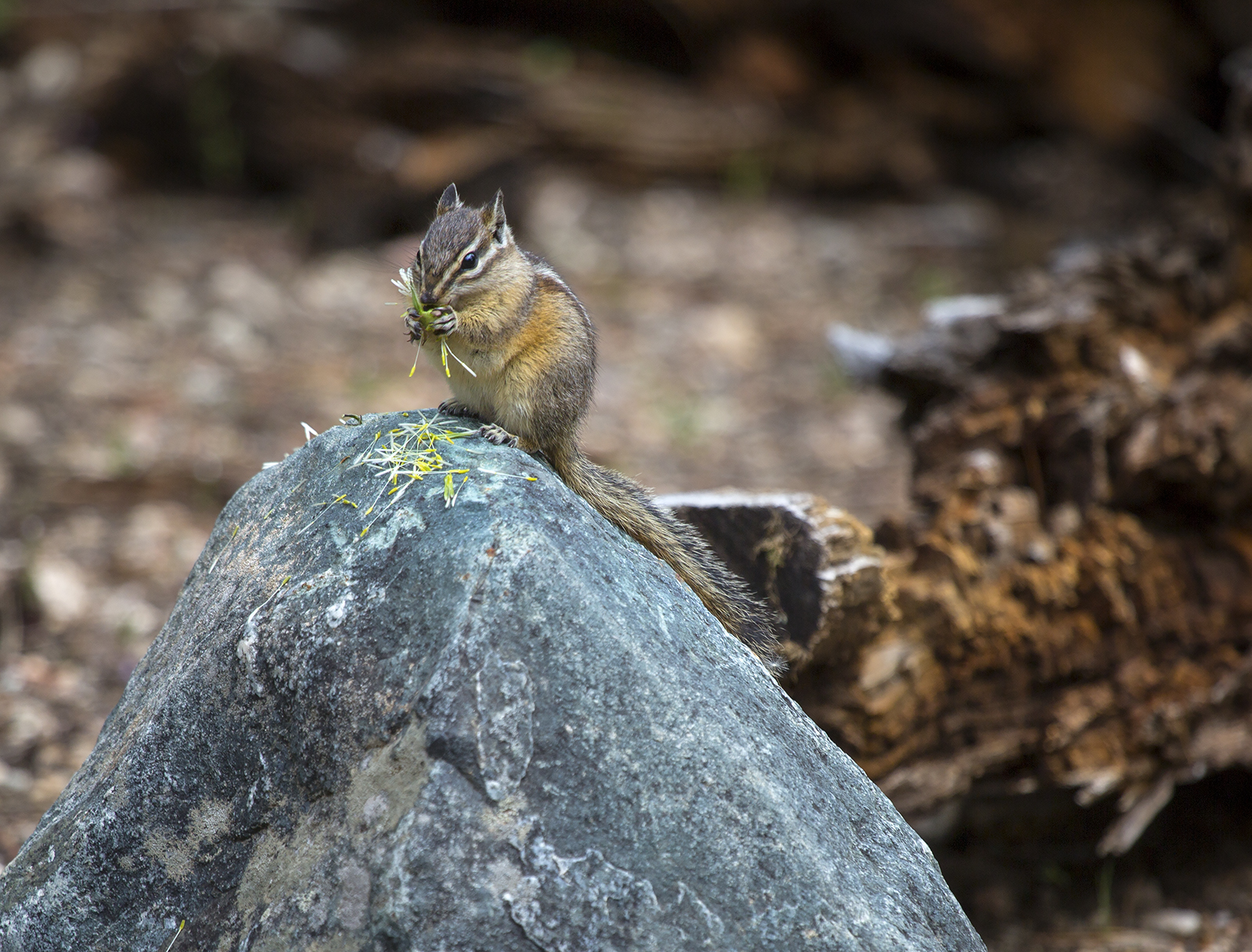
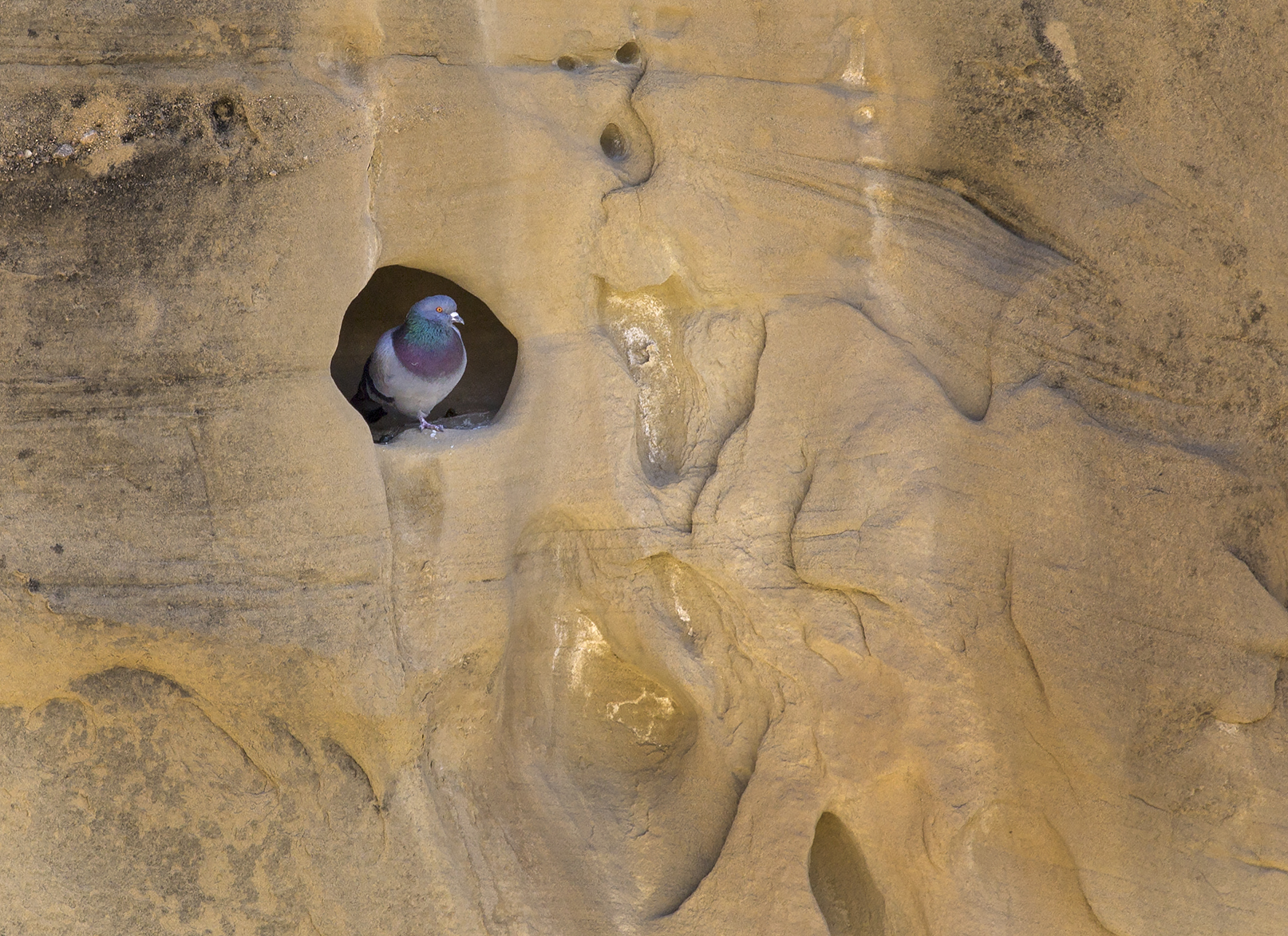
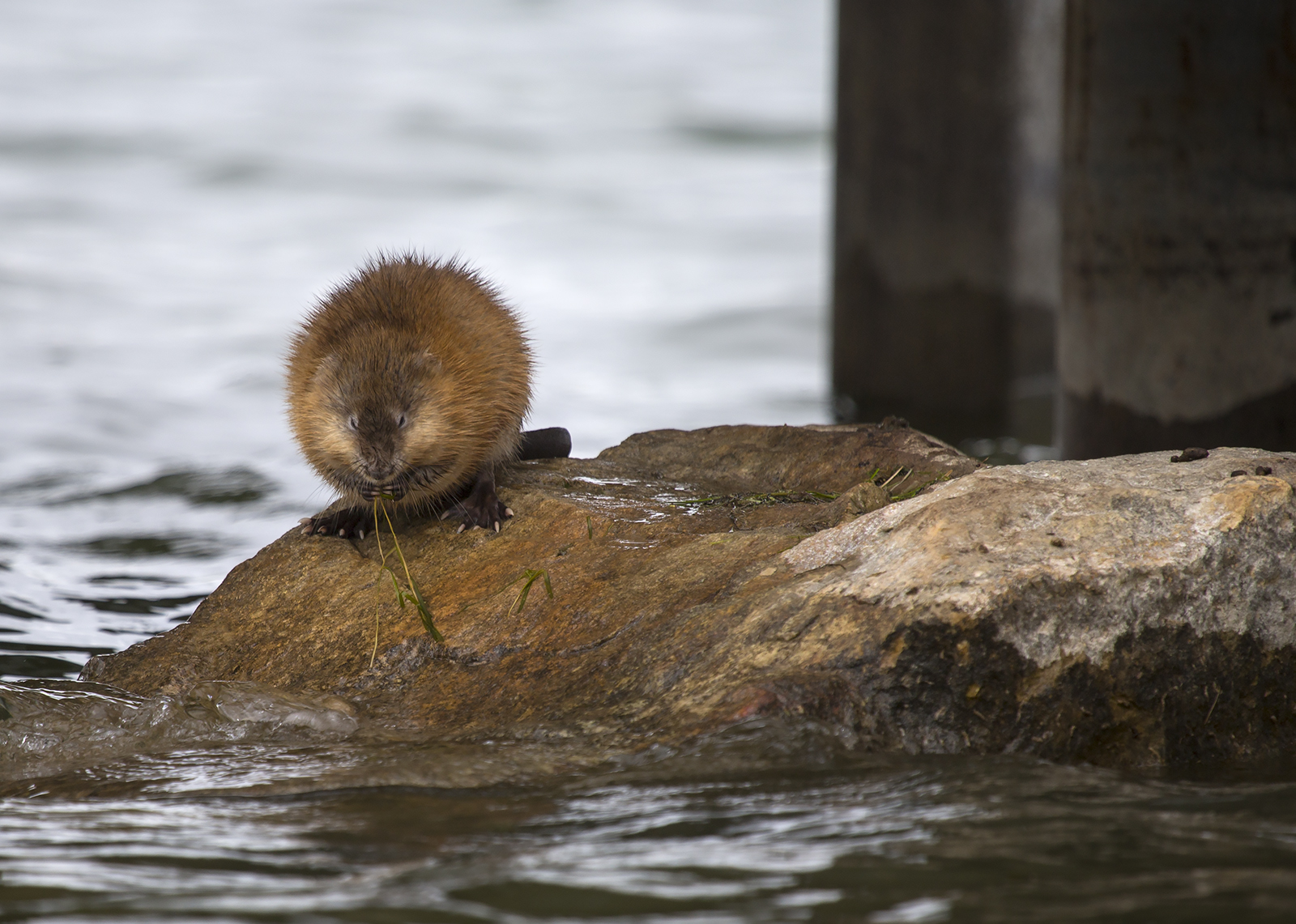
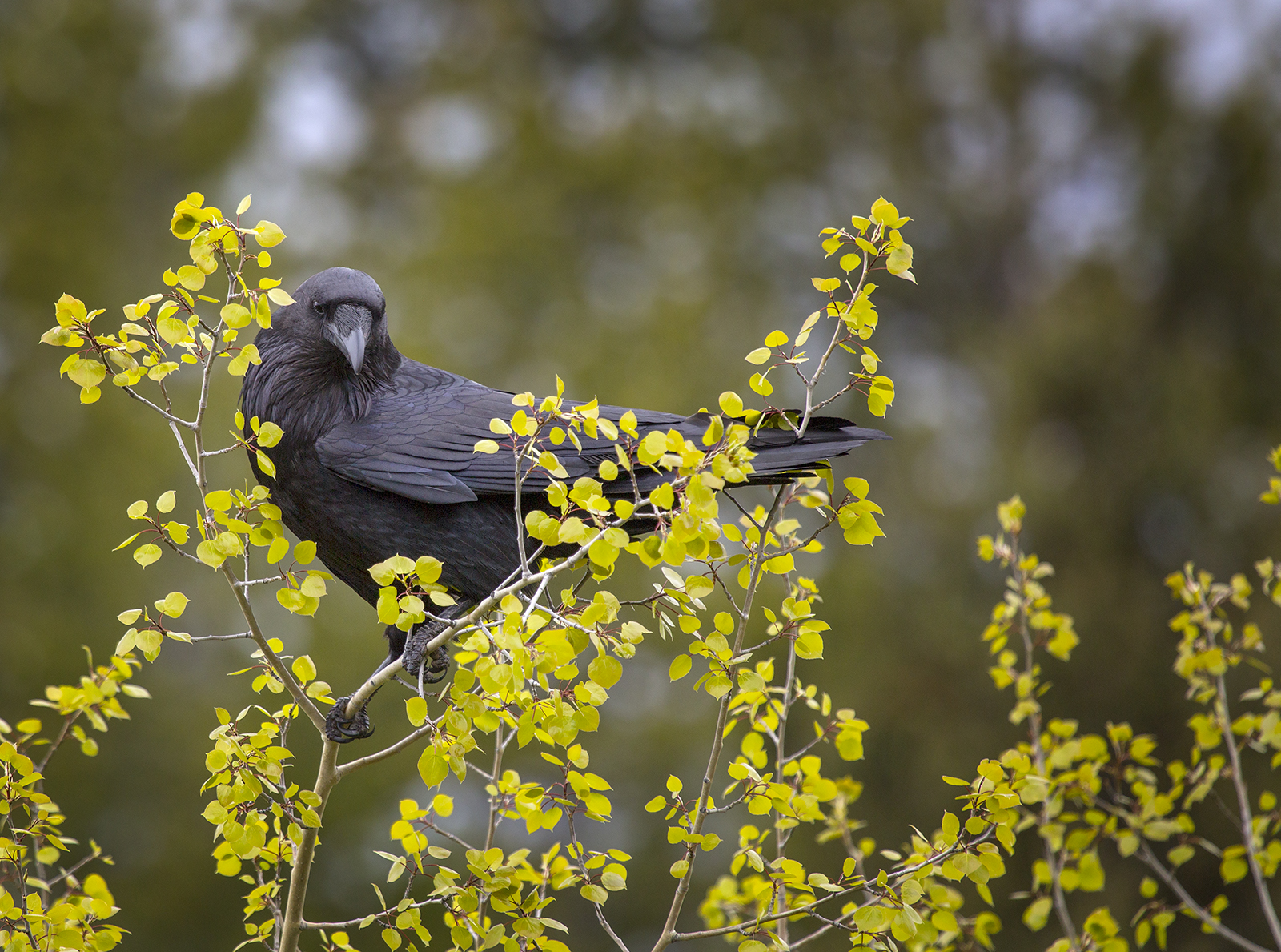
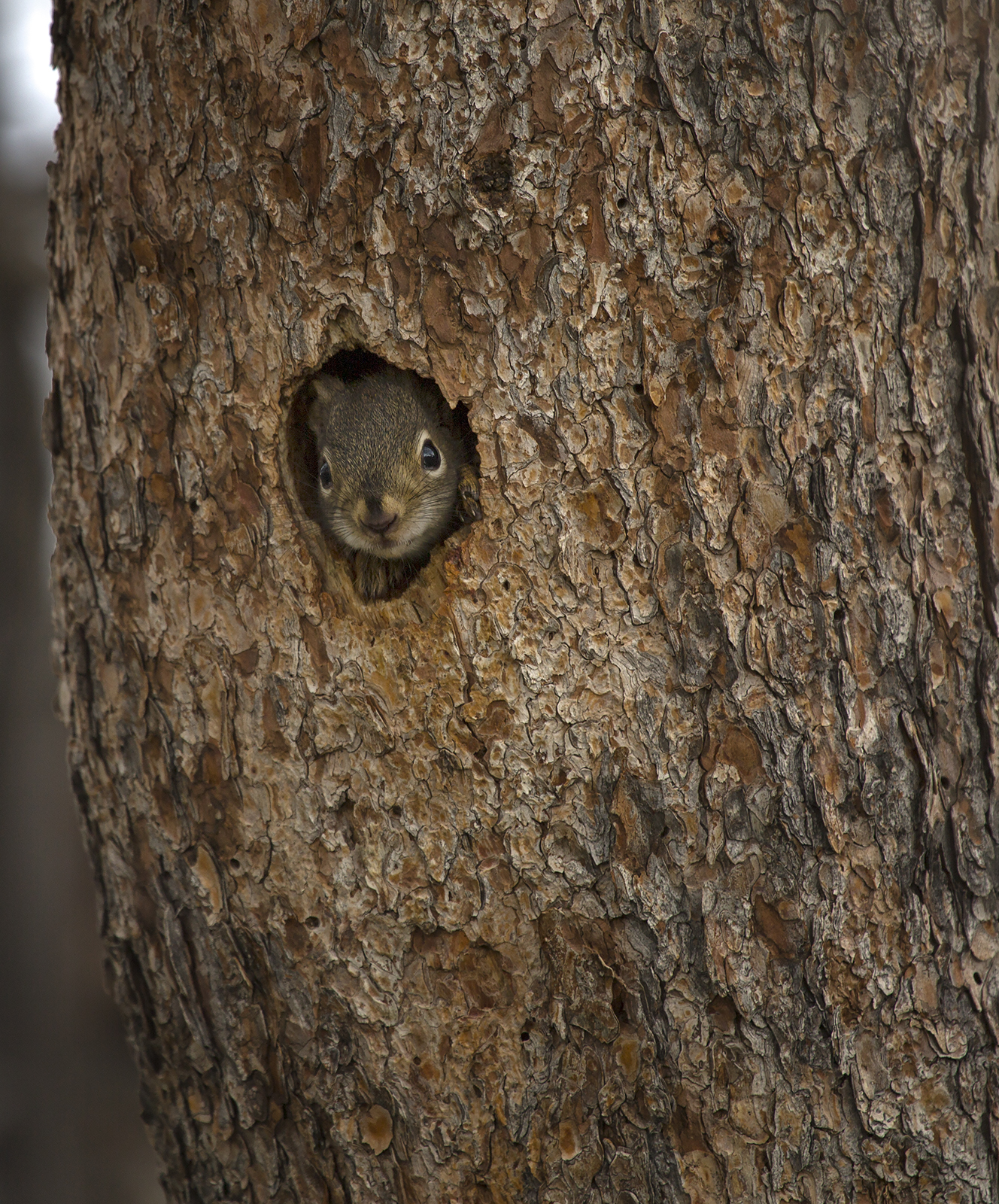
tom in joshua tree
Merry Christmas to you!
Eugenie Copp
What beautiful images. Thank you for helping keep the common extraordinary!